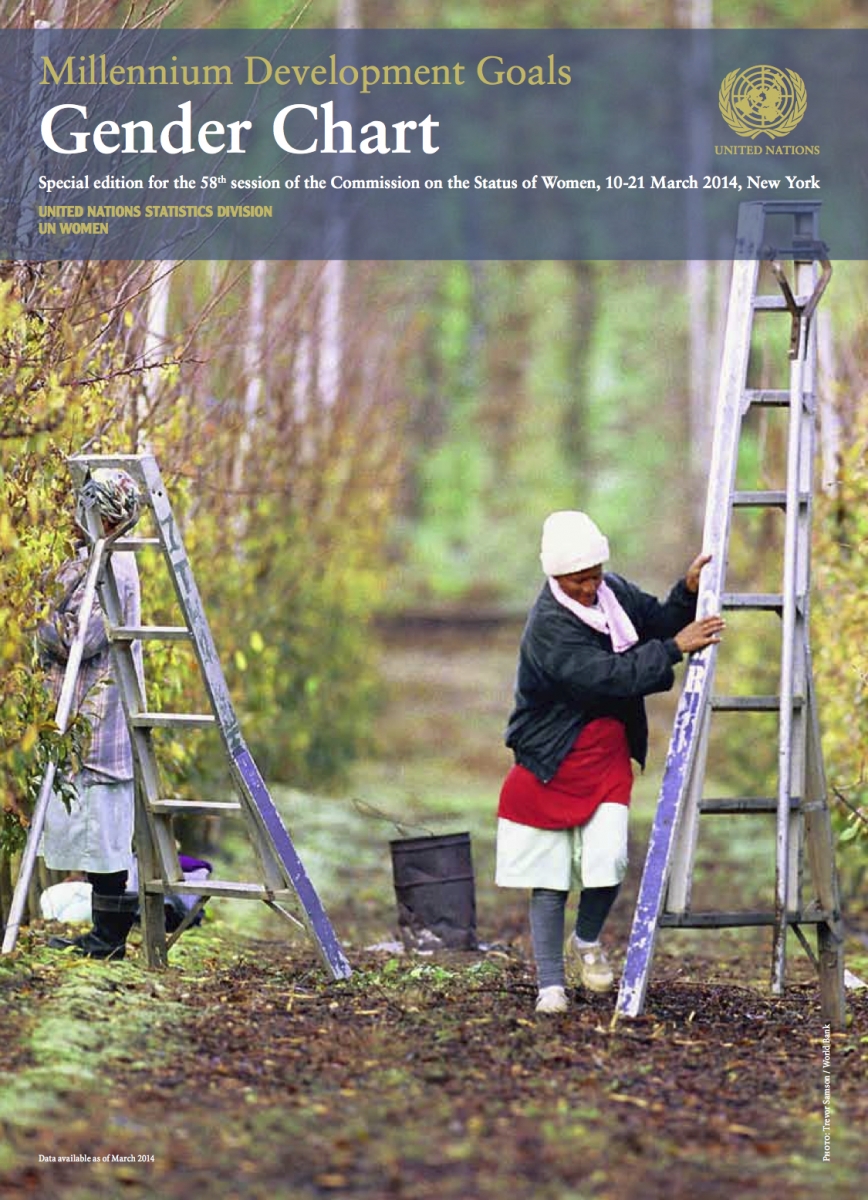The research rationale and programme plans for Samata, a project to reduce HIV risk among adolescent girls in northern Karnataka by increasing their rates of secondary school enrolment and completion.
Food insecurity: Implications for ART adherence and HIV health outcomes
Limited or uncertain availability of nutritionally adequate foods has an impact on individual exposure to HIV, as well as on treatment.
Sheri Weiser presented on food insecurity at the 9th International Conference on HIV Treatment and Prevention Adherence, held 8–10 June 2014 in Miami.
The presentation discusses:
Gender norms, violence and HIV working group
A social norms perspective can strengthen the capacity of researchers and partner institutions to deliver on the STRIVE agenda.
On Our Own Two Feet - Kannada Version
What prevents girls from completing secondary school? A short video in Kannada identifies barriers and introduces girls from North Karnataka, India, who hope to overcome them.
These barriers include:
Ending child marriage in a generation: What research is needed?
This study outlines existing research and programmes and proposes a strategic investment framework to catalyze change.
Bringing an end to child marriage requires coordinated, multi-sectoral efforts that:
- empower girls
- mobilize their families and communities
- change gender-inequitable social norms
- strengthen and implement laws and policies
The author proposes four key issues and themes to consider in future research.
Spousal violence and HIV: Exploring the linkages in five sub-Saharan African countries
Applying nuanced measures to DHS data from both members of married couples, this study identifies pathways between spousal violence and women’s HIV status.
An increasing body of evidence – including six of seven studies using nationally representative samples – underlies the growing consensus that intimate partner violence contributes to women’s vulnerability to HIV. While a direct effect on HIV status is unlikely, the authors propose a gender-based framework defining two primary pathways of association between a woman’s experience of spousal violence and her HIV status:
UNAIDS toolkit and UNDP checklist for gender-transformative programming in NSPs
How can national AIDS planning bodies ensure that they are addressing the gender dimensions of HIV?
UN Gender Chart 2014
Situating transactional sex: Comparisons, history and theory - Sanyu Mojola
Transactional sex is increasingly being recognized as a key social dynamic underlying young African women’s high HIV rates.
This presentation explores the comparative, historical and theoretical dimensions of transactional sex, to add complexity and depth to current understandings of the practice.
Improving the lives of married adolescent girls in Amhara, Ethiopia
Child marriage perpetuates the cycle of poverty and gender inequality as well as increasing the risk of HIV infection and intimate partner violence. As ICRW points out, the harmful practice of child marriage is most common in developing nations and is particularly pervasive across South Asia and Africa, where 50 to 70 percent of girls in some countries are wed before age 18.




